Dong Xuan Market (Hanoi)
As one of the largest and oldest markets in Hanoi, Dong Xuan market is located in the old quarter in Dong Xuan ward, with a history of hundreds of years since the Nguyen Dynasty. In addition to its historical value, Dong Xuan market is the busiest trading place, concentrating a variety of household goods, shoes, fabrics and clothes. Not only goods, people also know Dong Xuan as a famous snack area of Hanoi, a familiar destination for tourists who love traditional cuisine such as: vermicelli with crab and snail, rib porridge, vermicelli with grilled pork on bamboo sticks, vermicelli with bamboo shoots and meatballs...
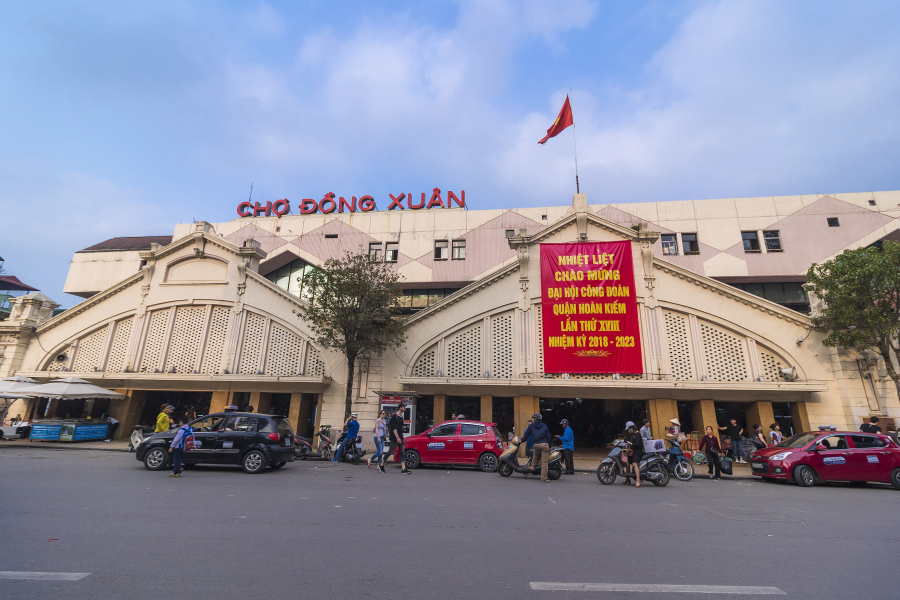
Iron Market (Hai Phong)
The Iron Market is located in Hong Bang District, Hai Phong City. The market is located along the Tam Bac River, which is a waterway for trade from Hai Phong to the provinces. The market was built in the concession area in the late 19th century under the French colonial period, at that time it was called the Big Market (Grande Marché). The market was built mainly with iron and steel, so it was called the Iron Market.
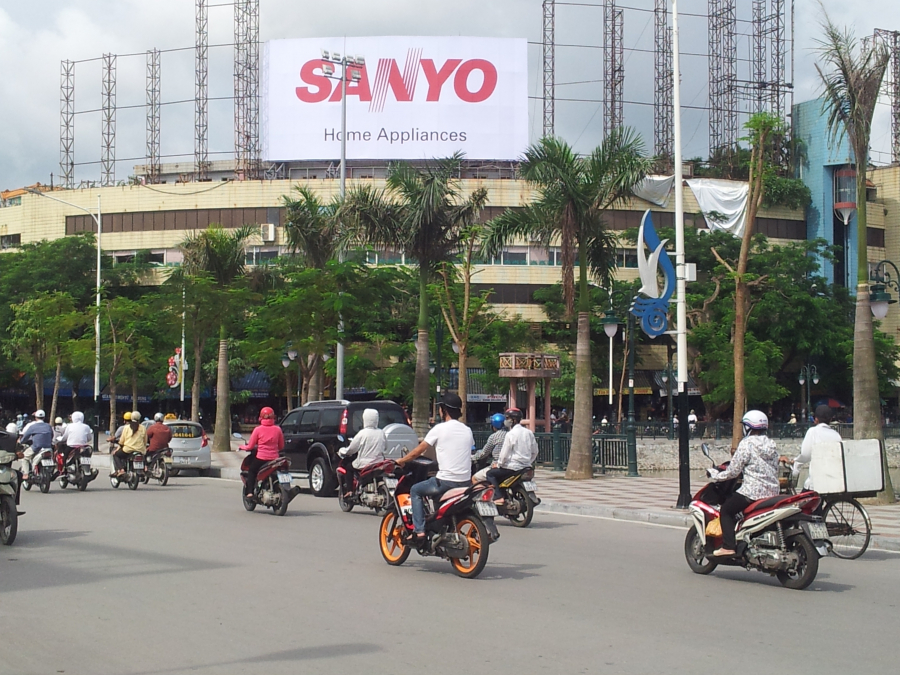
During the subsidy period, this was still one of the largest trading centers in the North. At that time, traders in the Iron Market were considered the wealthy and economically successful class of Hai Phong. The Hai Phong Iron Market was a prosperous trading place, a wholesale hub from which many goods were distributed throughout the country. Anyone who set foot in Hai Phong would take the opportunity to stroll around the Iron Market, not buying anything but just going to admire it. The Iron Market became the pride of the Port City.
After the fire in 1985 and the impact of the new mechanism of the open door period, the idea of investing in the construction of a new Iron Market quickly attracted investors from China. In 1992, a project worth 15 million USD invested by Hai Thanh Joint Venture Company was granted an operating license by the state. The old market was demolished and the joint venture rebuilt with 2,000 stalls with a total usable area of nearly 40,000 m² on a campus of 13,000 m².
Dong Ba Market (Hue)
Formed in 1887, Dong Ba market is both a unique architectural structure and a witness to many historical changes of the ancient capital of Hue.
By 1987, Dong Ba market was completely renovated. In addition to the bell tower in the center, the new Dong Ba market has 9 surrounding buildings and 4 new areas such as fish market, self-produced and self-consumed goods area, service area... In addition, the market management board also manages the Chuong Duong Flower Garden area, parking lots... bringing the total area of the market to over 47,614 m², from Gia Hoi bridge to Truong Tien bridge, one side is Huong river, the other side is Tran Hung Dao main street. The market is home to thousands of permanent businesses and street vendors. On average, there are 5,000 to 7,000 visitors to the market every day. On holidays, the market is more crowded, with over 12,000 people.
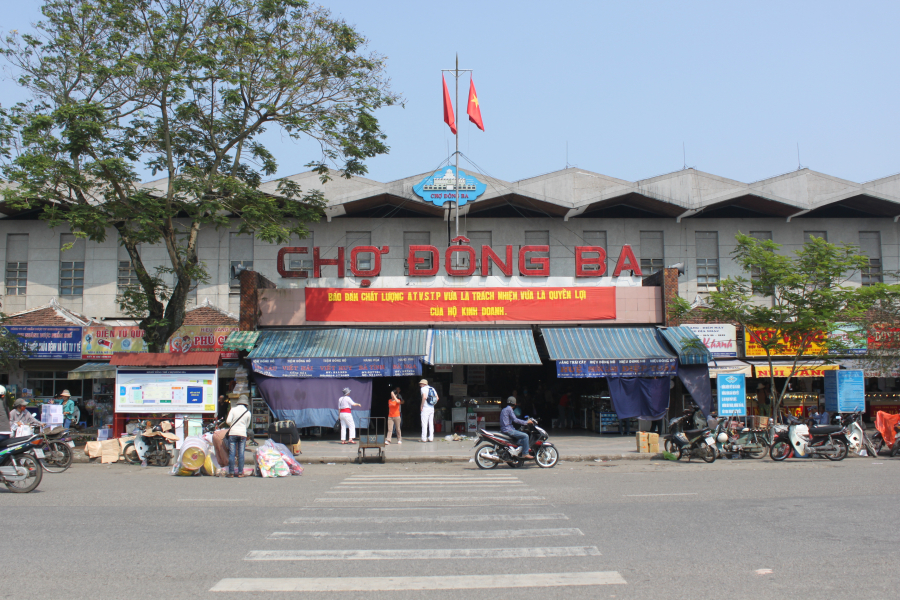
Ben Thanh Market (Ho Chi Minh City)
In Saigon, everyone knows Ben Thanh Market. This is the oldest market and the symbol of the city. Operating since 1914, this market with more than 100 years of history is not only a crowded market, but also a witness to the ups and downs of the city's history. This place focuses on many items, from clothes, shoes, textiles, handicrafts, brocade, jewelry to specialty foods.
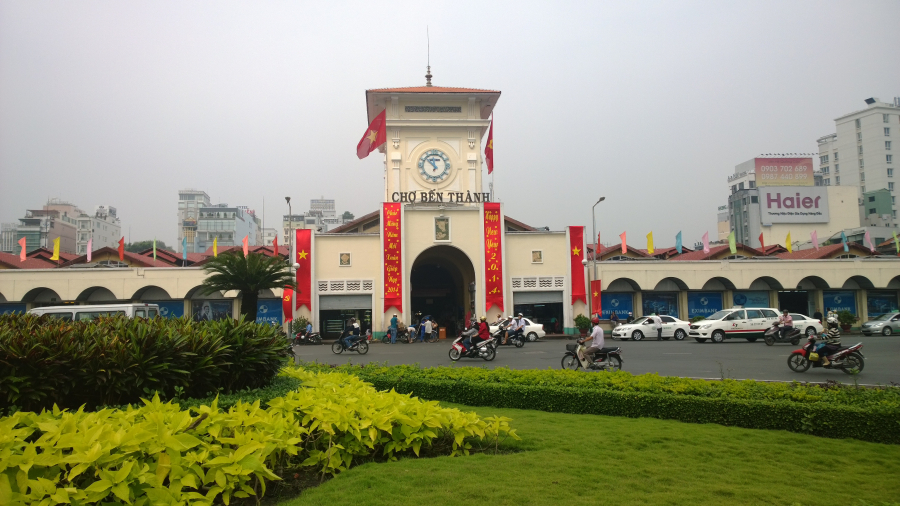
As a long-standing commercial center, imbued with traditional values, the market attracts many foreign tourists to visit and shop. Coming here, you will encounter all kinds of languages to exchange and buy and sell. At night, around Ben Thanh market, a bustling night market gathers, creating a vibrant and colorful Saigon.
Nga Bay Floating Market (Hau Giang)
With a dense and intricate river terrain, the West is famous for its floating markets on the water, of which Nga Bay floating market is the oldest floating market in the Mekong Delta. Nga Bay floating market, also known as Phung Hiep floating market, in Nga Bay town was formed in 1915. This is a famous floating market of Hau Giang province, where the buying and selling activities and exchange of goods of the residents of the Mekong Delta river area take place. This place is not only a place to trade goods but also a place that attracts a large number of tourists.
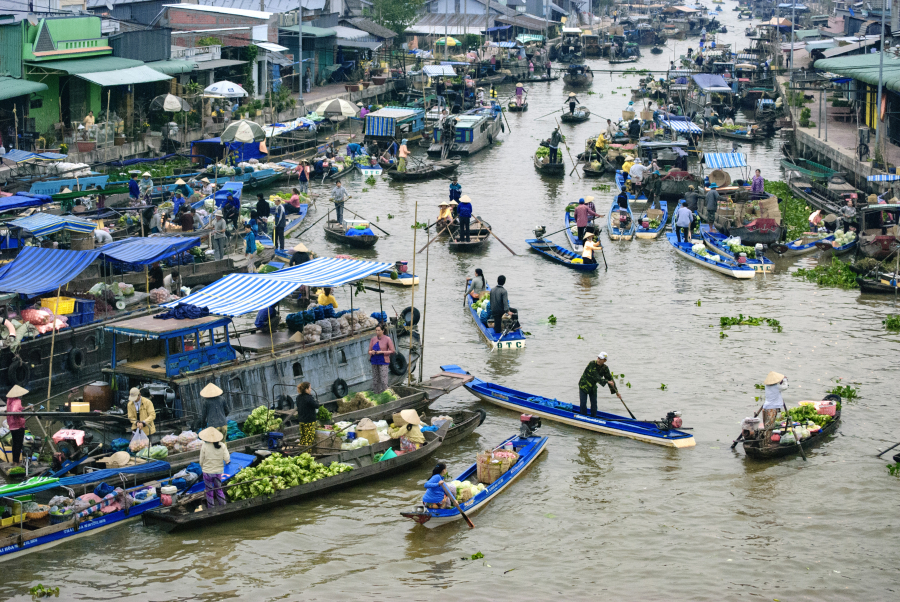
Visitors coming here will see a myriad of colors from fruits, vegetables to daily necessities of the river region. Especially the bright red color of rambutan, the ripe color of mangosteen, the fragrant taste of durian. Each boat sells only one type of fruit or item and that item will be suspended from a high pole called a beo tree. In the Mekong Delta region, in addition to Nga Bay Floating Market (Hau Giang), there are many other long-standing floating markets such as Cai Rang Floating Market (Can Tho), Cai Be Floating Market (Tien Giang)...





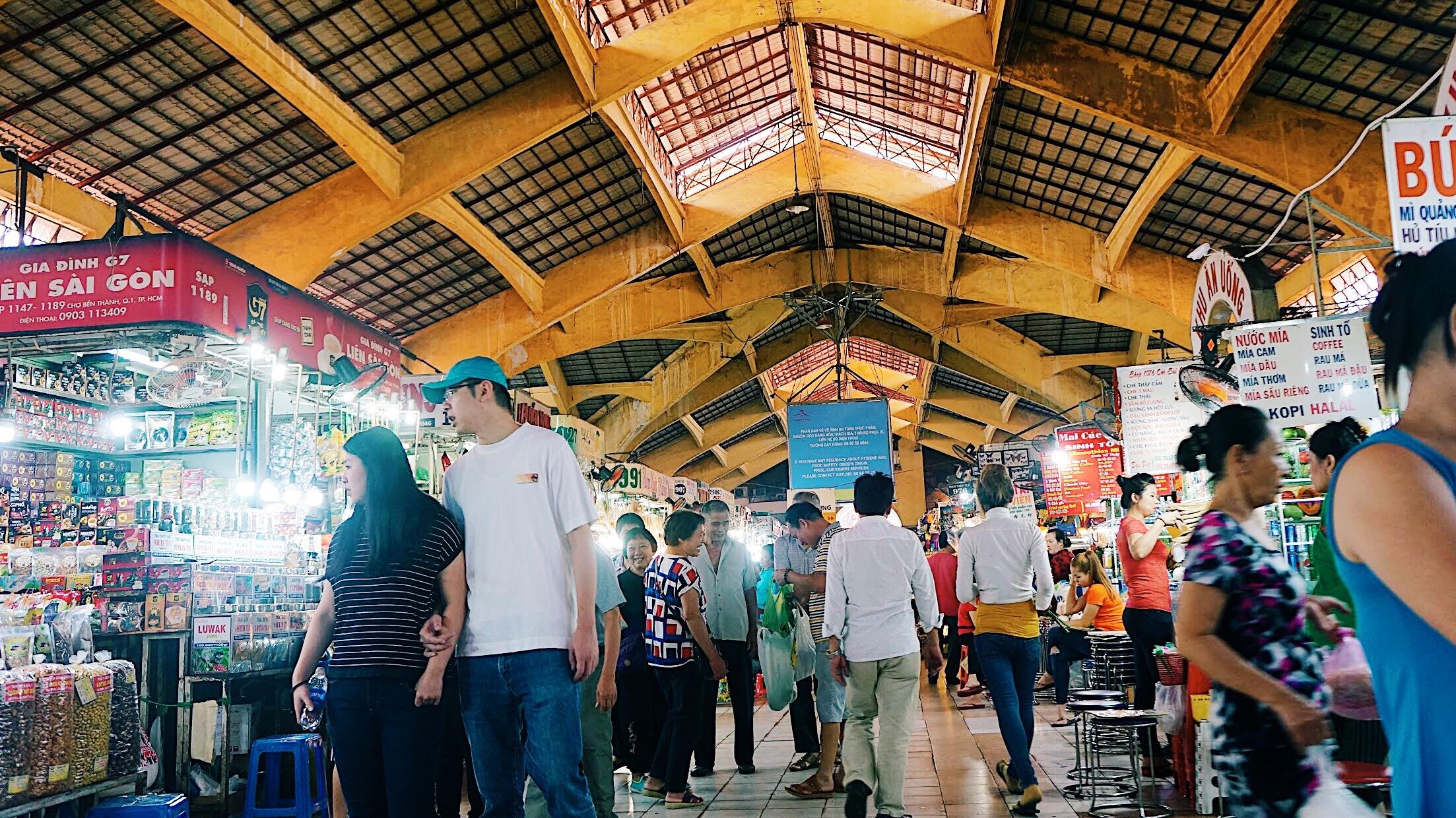















.jpg.jpg)



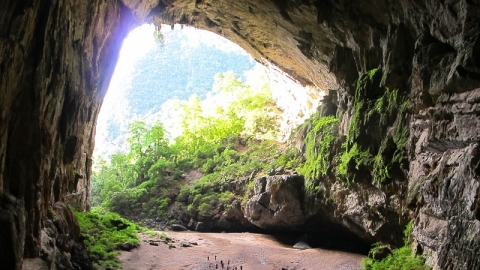
.jpg.jpg)






